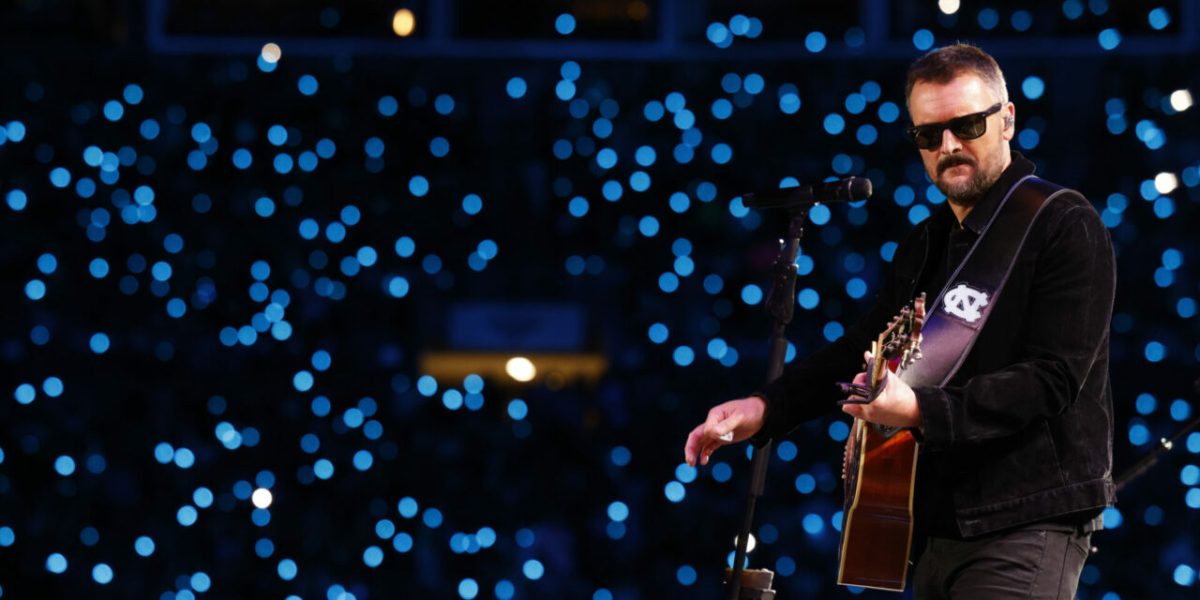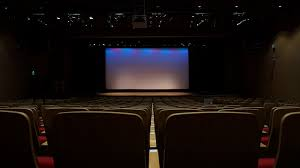Over 100 student presentations composed this year’s Guilford Undergraduate Symposium, reminding attendees that radical change is never possible without the collaboration of several disciplines and thinkers.
“Every single big challenge that we face is going to be solved not by one but multiple collaborations,” said photography instructor and experiential learning specialist Maia Dery. “Almost all of adult life is comprised of a bunch of group projects and collaborations, from jury duty to the curriculum committee at Guilford College.”
A unique collaborative sculpture exhibit at this year’s eighth annual GUS crossed fields of study, opening viewers’ eyes to problems within the Cape Fear River Basin.
“I actually don’t see a whole lot of (collaboration) happening in this way,” said Assistant Professor of Art Mark Dixon. “I see collaboration in class assignments, but not so much across disciplines.”
Four groups were featured in the exhibit, each with six members from Dixon’s Sculpture in the Environment class and Assistant Professor of Biology Megan White’s General Ecology class.
“The focus is on real-world problems that are close to home,” said White. “Yet the integration of art and science allows us to view these issues under a new lens.”
Dixon and White knew they were throwing a curveball at their students.
“My group had conversations about how communication was going to work within the group, especially since our biology (students) have a lot on their plate,” said first-year sculpture student Darby Tinson.
Though students struggled throughout this process, it was the initial challenge of coming together as a unified group that made the end result so fruitful.
“I feel that too often creativity is left out of science and other disciplines,” said senior ecology student Katahdin Kehoe. “I had no idea about bioremediation through art or bioswales.”
Bioremediation involves the introduction of microorganisms to consume pollutants. Bioswales, a type of bioremediation, provide an alternative to storm sewers, filtering storm flows of water as the runoff is transported.
Mechanisms such as these can help reverse human impacts on the environment and save cities billions of dollars.
As the classes continued to work, they were reminded of ideas that hold artists back from solving global issues.
“There’s this sense of what art is, and it’s utterly inaccurate,” said Dixon. “(Artists) are able to solve complicated problems, be creative, engage and interact with the real world and the imaginary world in one space.
“These things that I just named can be cut up into very different identities or disciplines.”
Artists such as Herbert Bayer, Hans Haacke and Agnes Denes sparked the EcoArt movement in the 1950s and 60s, publicizing ecological statements to wider audiences through text and sculpture.
“Someone once said, ‘art imitates life,’” said junior Ambra Parker. “It’s really cool to have an intersectional piece because there is an educational factor as well as an aesthetic that mirrors it.
“Not everyone understands what’s going on in ecology class but, with this, I actually understand.”
The goal of each sculpture is to draw in the viewer’s eye, bringing them into environmental crises.
“Art is not one subject,” said Dery. “The point of having a bunch of artists in your midst is that you have people who are free, in a sense, to fail over and over as they combine seemingly disparate ideas, processes and thoughts.
“We are developing our muscles to look and create, to see and react. We need to not just do that on the paper, canvas or plaster; we need to do that in our community.”
The chatter of visiting alumni and prospective students inhabited disparate worlds of thought.
“GUS was an incredible success this year,” said GUS organizing committee member Rob Whitnell. “All of the GUS presenters have yet again reminded me why I’m so glad to be at Guilford.”






